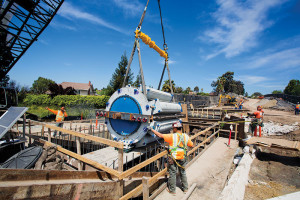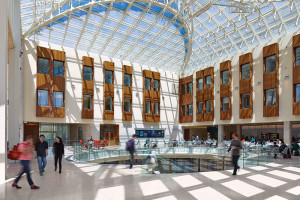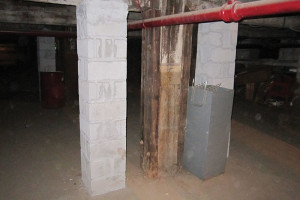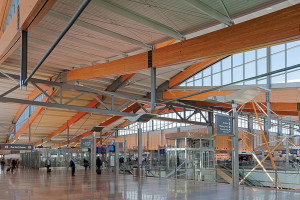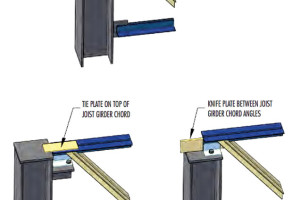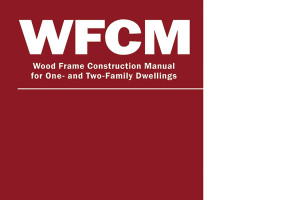Delivering Water under Pressure
Installed between 1952 and 1973, the 78-inch and 96-inch-diameter Bay Division Pipelines (BDPLs) 3 and 4 are two of the major regional transmission pipelines in the San Francisco Public Utilities Commission’s (SFPUC’s) Hetch Hetchy Regional Water System. …

